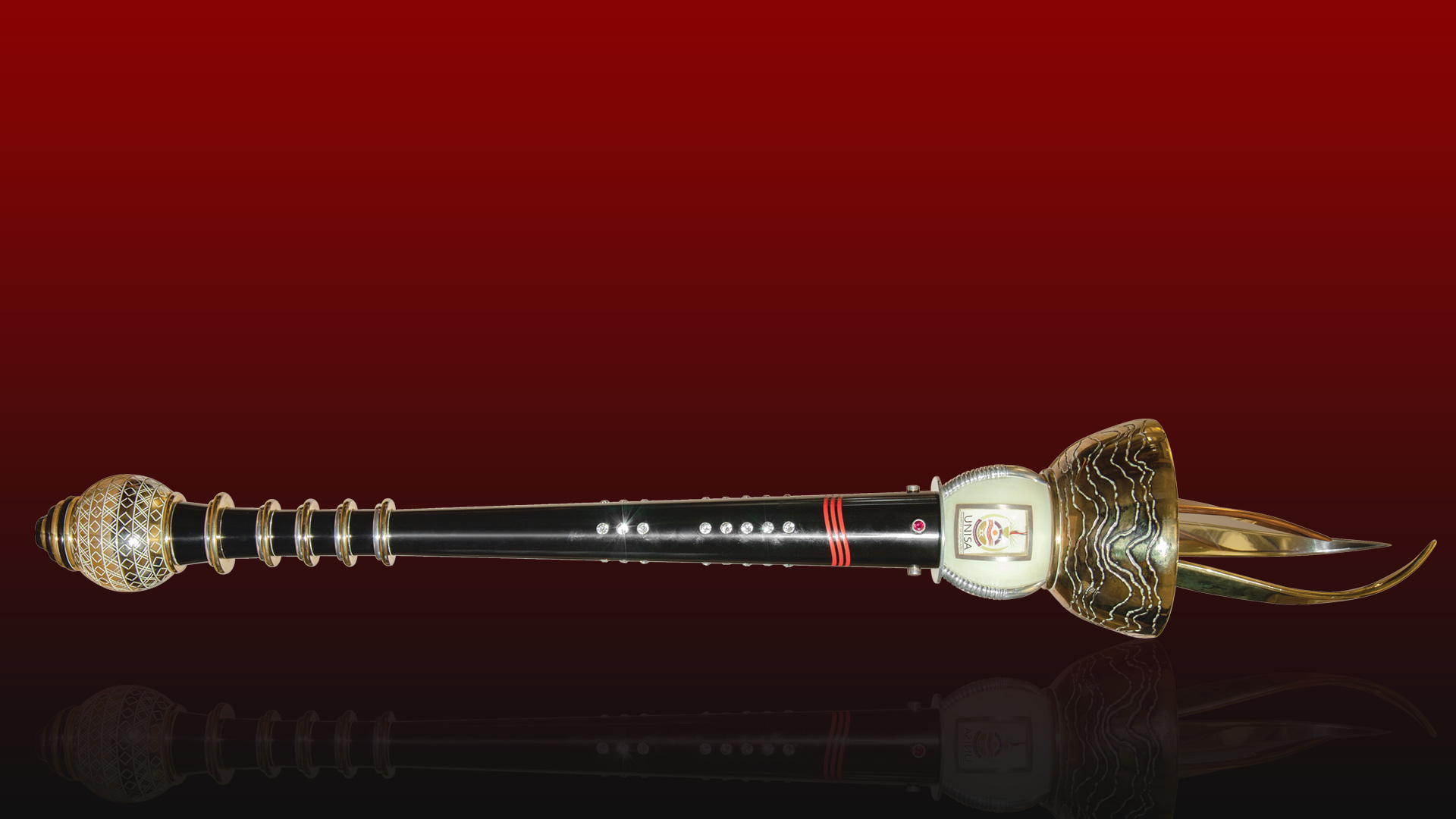Symbols, rituals & pageantry
Symbols play an important part in encapsulating a university’s history, values and aspirations, and in expressing the university community’s sense of self. Since 2006, Unisa has embraced a fusion of Western and African symbols; it has imbued the crest and mace of European tradition with African iconography. The calabash that tops both the crest and the mace with its rising flame suggests a distinctly African vision of intellectual nourishment.
Unisa’s colonial origins cannot be denied. Its previous crest — or coat of arms — was bestowed in 1903 by royal licence from King and British Emperor Edward VII. It was unambiguously European, with a fortress and anchor which symbolised seaborne colonial power. It was topped by a “white rose irradiated” that represented the English royal House of York. Curiously, despite its British imperial resonances, it survived Unisa’s four decades under Afrikaner nationalist rule.
The origins of the academic gowns, hoods and caps worn at degree-giving ceremonies date back to medieval Europe, and an element of the medieval pageant — a theatrical, festival-day procession — remains in today’s academic processions. But, whatever their historic roots, ‘traditional’ university ceremonies seem to appeal to a timeless human need for formalised ritual and shared celebration.
